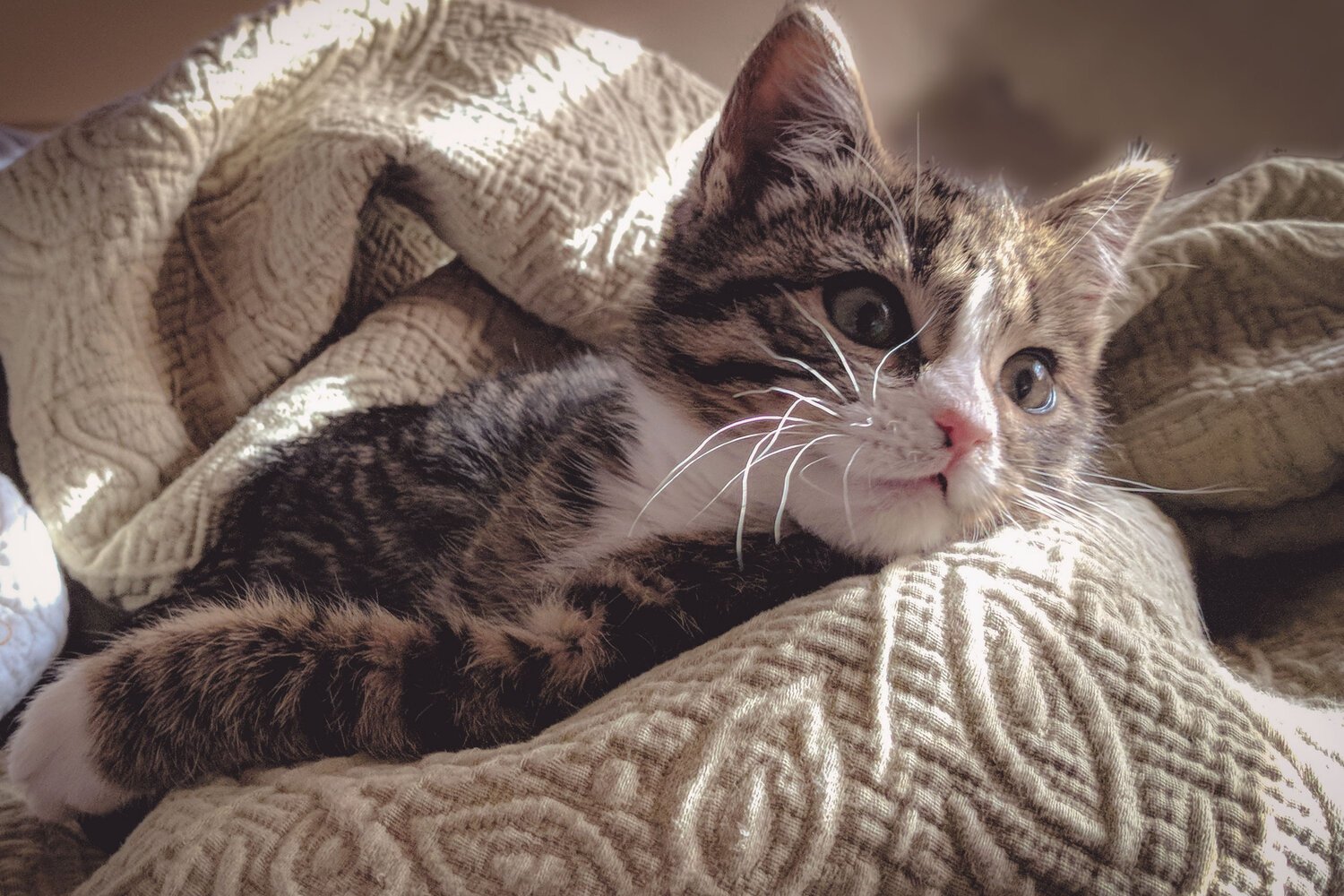
CAT SPAY & NEUTER
Everything You Need to Know About Your Feline’s Spay/Neuter Surgery

What is spaying and/or neutering a cat?
Spaying involves the removal of a female cat's ovaries and uterus, while neutering involves removing a male cat's testicles. Both procedures are forms of sterilization, preventing the cat from reproducing.
How early should I bring my cat in to get spayed/neutered?
It is recommended to bring your cat in for spaying or neutering at around 6 months of age. We want to prevent males from developing secondary sex characteristics and females from getting pregnant.
What are the medical benefits of spaying and neutering cats?
Spaying and neutering can reduce the risk of certain cancers, infections, and unwanted behaviors associated with reproduction. In females, it eliminates the risk of uterine and ovarian cancers, while in males, it reduces the risk of testicular cancer.
How will spaying or neutering affect my cat's behavior?
Spaying or neutering can lead to behavioral changes, including a reduction in aggression, territorial marking, and roaming tendencies. Cats may become more relaxed and easier to manage.
How should I care for my cat before and after a spaying or neutering surgery?
Before the surgery, follow your veterinarian's guidelines, which may include fasting for a specific period. Afterward, provide a quiet, comfortable recovery space, monitor your cat closely, and administer any prescribed medications. Ensure they refrain from vigorous activity during the recovery period.
FAQ
-
While your cat may experience some discomfort after the surgery, we use anesthesia and pain medication to minimize pain. We’ll also provide postoperative care instructions to ensure your cat's comfort.
-
The duration of the spay or neuter procedure depends on factors such as the cat's age, sex, and overall health. Typically, the surgery lasts between 20 minutes to an hour.
-
While spaying and neutering are routine procedures, like any surgery, there are potential risks. The most common and benign complication we see with the spay is sometimes there'll be a slight reaction to the suture we use. There might be a tiny bump at that site, which will go away over a couple of weeks. It's extremely rare to have any kind of complication from a spay or neuter in a cat.
-
Spaying or neutering can help prevent or reduce the risk of certain health issues, including uterine infections, ovarian and testicular cancers, and behavioral problems such as aggression and roaming. It also contributes to controlling the pet population and preventing unwanted litters.
